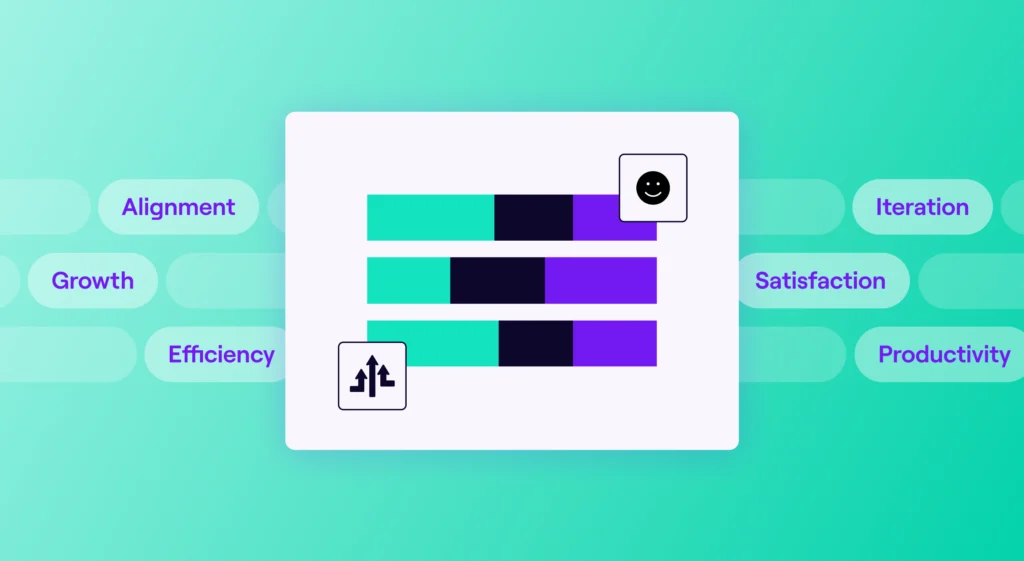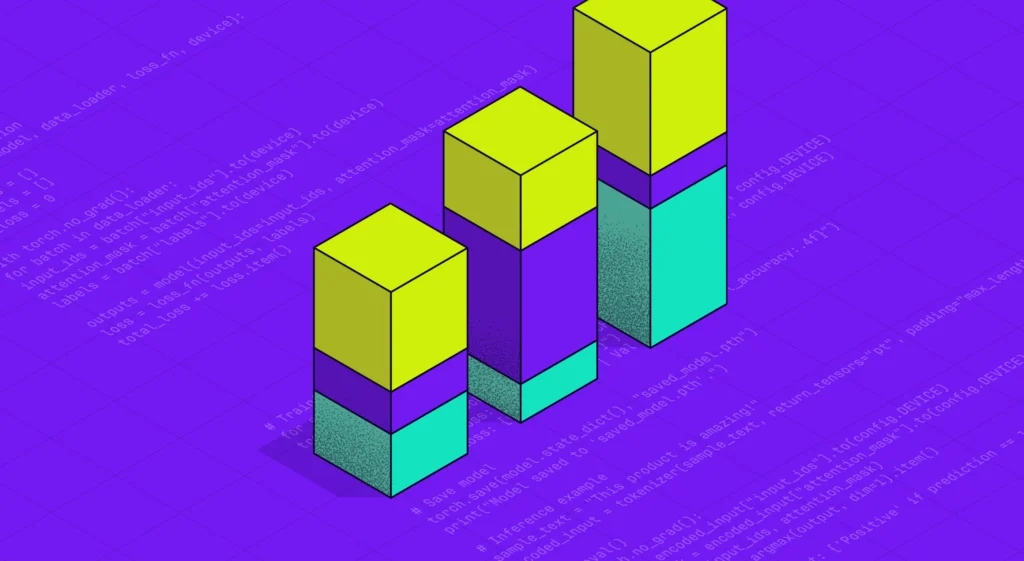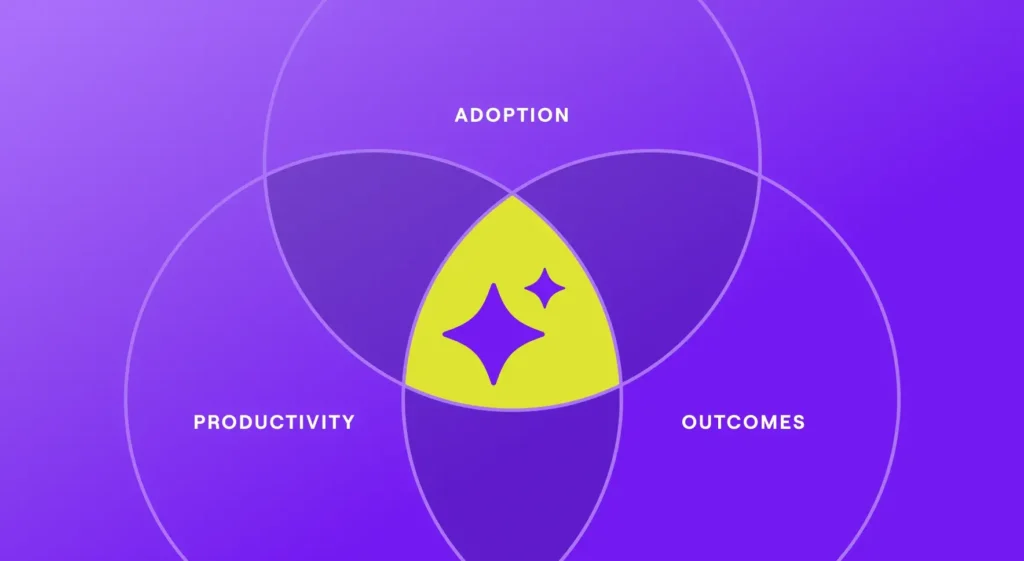What is Code Churn?
Code Churn refers to the frequency at which code changes occur. It encompasses adding, altering, or deleting code within a specific time frame. Organizations utilize code churn to assess the stability, effectiveness, and overall health of their software. Understanding the dynamics of code churn is crucial for engineering leaders aspiring to transition into business leadership roles.
A high churn rate may indicate frequent edits or inefficient initial coding, resulting in less stable software and tedious troubleshooting issues for the engineering team. It could signal code instability and potentially problematic practices, such as constant rewriting due to a lack of initial clarity or codebase inefficiencies. Conversely, low code churn could signify a mature and stable codebase, a well-governed development process, or strict adherence to conventions.

However, it is important to note that code churn is not always negative. Change is an inherent process in software development, and code churn can also indicate proactive refactoring as teams enhance software functionality and eliminate redundancies or inefficiencies.
The perception of code churn as either negative or positive depends on the development culture and business maturity. Interestingly, experts have identified a correlation between code churn and code coverage, which measures the extent to which the source code of a program has been tested.
Code coverage acts as a litmus test for the strength of a software testing suite, often predicting potential failure risks. A high code churn alongside low code coverage increases the risk of software defects entering production. In contrast, a high code coverage may mitigate potential issues arising from significant churn. In the broader scope of software engineering, understanding and managing code churn is pivotal for constructing robust, efficient, and successful software.
How to Measure Code Churn
Measuring code churn rate is a complex task that requires a systematic approach. It involves establishing a specific time frame for measuring code iterations, which can span a week, month, or even a year depending on the project’s length and scope. Understanding the type of changes made to the codebase is crucial, distinguishing between productive alterations and excess churns that don’t add value.
While a high churn rate doesn’t necessarily indicate a negative outcome, it can signify a vigorous development process. Conversely, a low churn rate may suggest a stagnant project. Strategic use of code churn metrics provides valuable insights into specific aspects of the project, such as the amount of reworked code, frequency of code modifications, and the number of developers involved.
Analyzing these elements collectively gives a comprehensive picture of code churn, enabling evaluation of the team’s workflow, identification of potential issues, and uncovering areas for improvement. However, code churn measurement goes beyond numbers; it reveals insights into project management, development strategies, and team communication. A high churn rate could indicate areas for improvement, while a low churn rate might call for more innovation.
In software development, code churn serves as a productive and insightful process, exposing the functionality and vigor of development practices. It facilitates constructive change, innovation, and continuous improvement. Understanding code churn and its measurement empowers engineering leaders to transform their teams, influence product strategies, and prepare for the future.
Important metrics involved in code churn measurements include:
- Lines Added: The metric refers to the number of lines of code developers added to files for recently written codes.
- Lines Deleted: These refer to the number of lines of code developers deleted from files within three weeks of writing the code.
- Lines Modified: Similar to lines deleted, the metric refers to the number of modified lines of code within three weeks of writing them.






